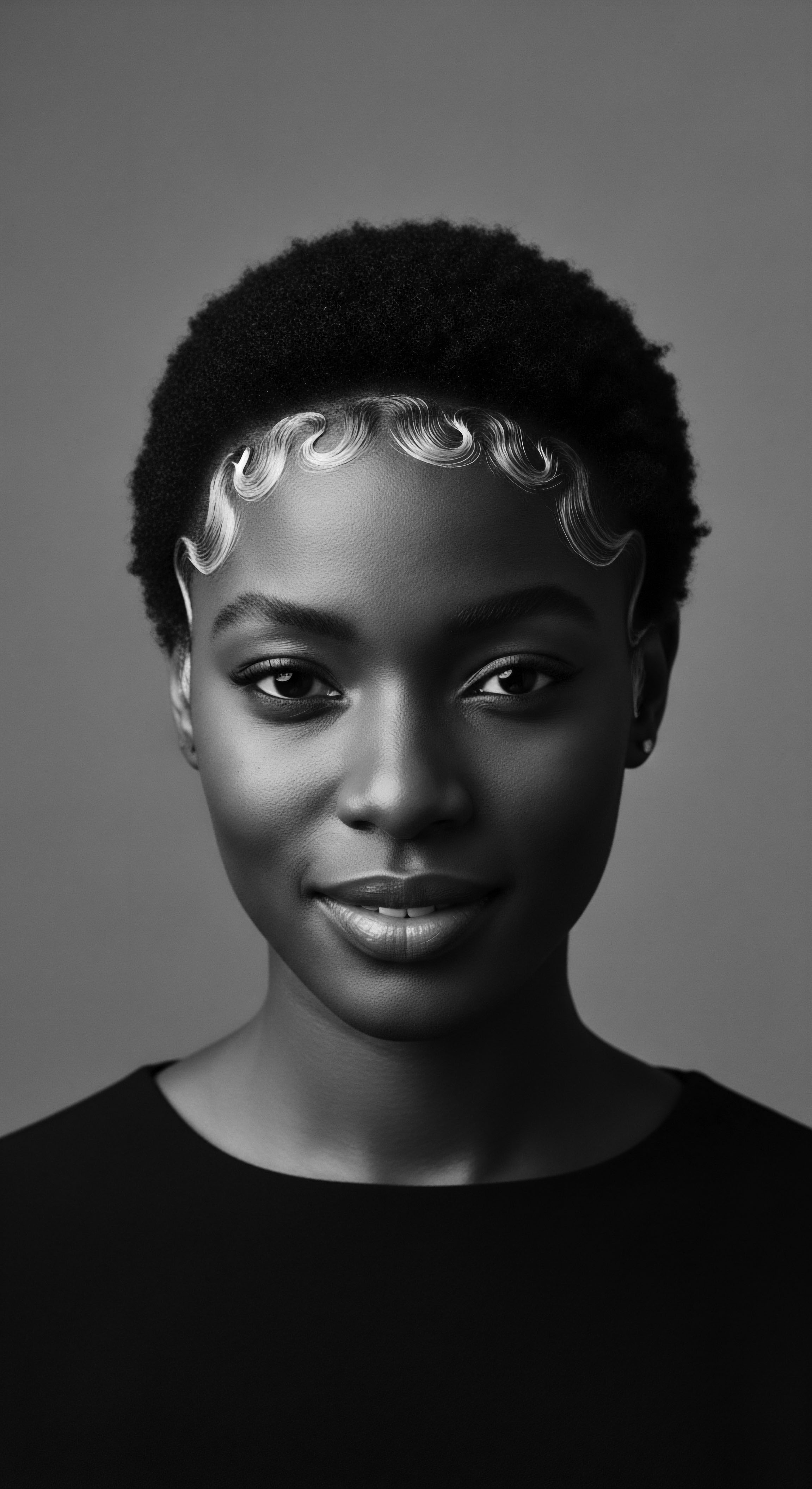
Roots
The whispers of ancestral wisdom, carried on the very air that cradled ancient civilisations, speak to us through the resilience of textured hair. For generations, before the advent of industrialised beauty solutions, communities across Africa, the Caribbean, and beyond looked to the land itself for their hair’s sustenance. Can these historical plant preparation techniques improve modern textured hair moisture?
The question invites a journey into shared heritage , a careful examination of botanical bounty, and a scientific lens on practices passed down through time. It is a dialogue between the wisdom of elders and the understanding of contemporary trichology, all to honour the profound needs of textured hair.

The Hair Strand’s Ancient Story
Every coil and curl of textured hair possesses a unique architectural design, an intricate structure that governs its interaction with moisture. Unlike straighter hair types, Afro-textured hair has an elliptical or flattened cross-section and a distinct helical twist, which can make it more prone to dryness because natural oils from the scalp struggle to travel the full length of the hair shaft. This inherent thirst is not a flaw; it is a characteristic that ancestral communities instinctively understood. Their hair care practices were not merely about aesthetics; they were deeply rooted in a practical, symbiotic relationship with the environment, aiming to counteract this dryness and maintain elasticity.
Consider the ancient Egyptians, who, beyond their elaborate wigs and adornments, regularly treated natural hair with oils and creams, often made from plant-based materials like castor oil, beeswax, and possibly honey, to protect it from the harsh desert conditions and keep it pliable. This early recognition of hair’s moisture needs, even millennia ago, offers a profound insight into the enduring challenge and the timeless solutions found in nature.
The inherited structure of textured hair, with its unique thirst, was met with ingenious botanical solutions by our ancestors, a testament to enduring wisdom.
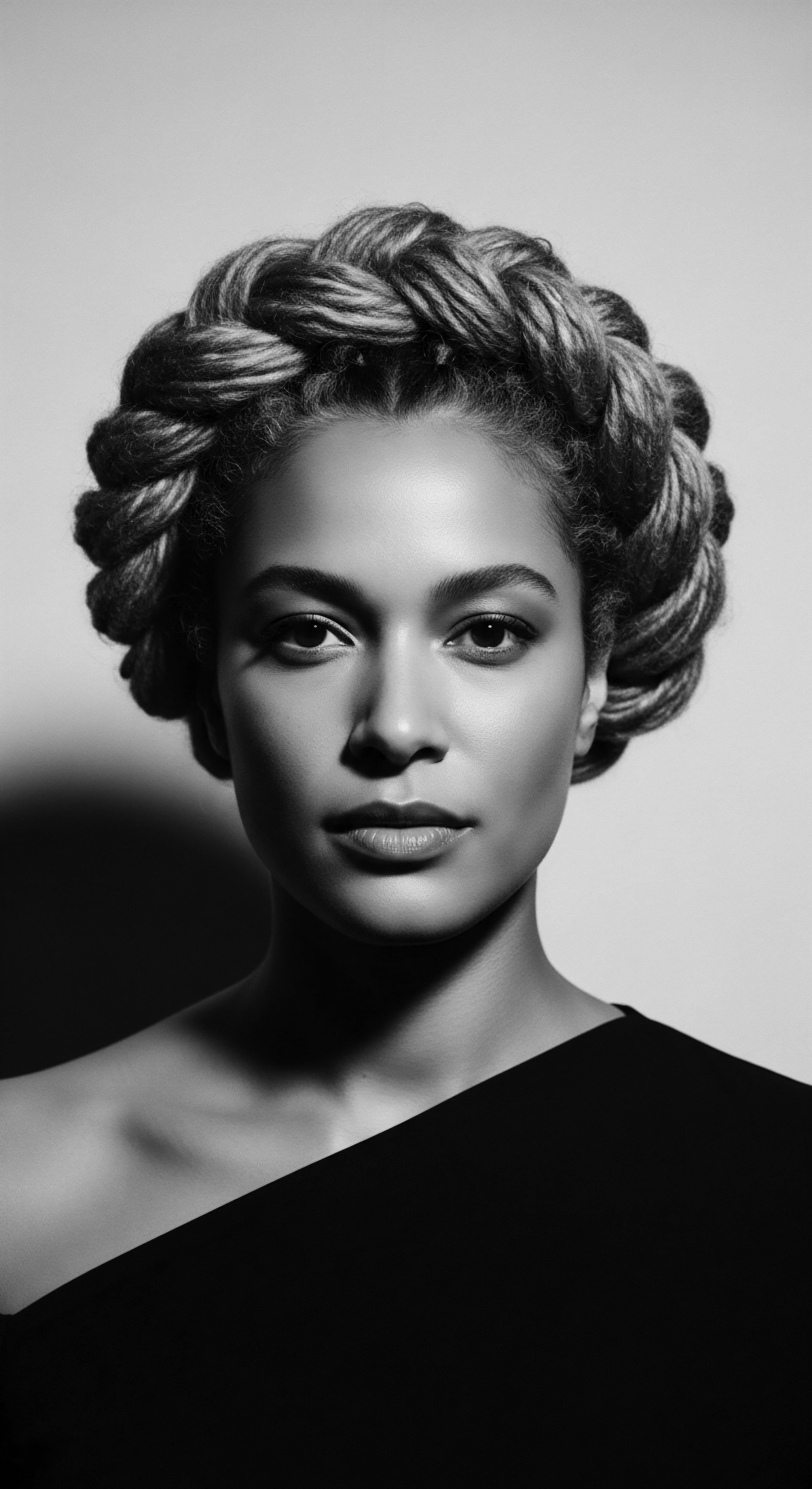
Understanding the Coil’s Intrinsic Needs
To truly appreciate how historical methods speak to current needs, we must first acknowledge the biological nuances of textured hair. The angle of the hair follicle, which is often curved in Afro-textured hair, contributes to its spiral shape as it emerges from the scalp. This spiraled growth pattern means that sebum, the scalp’s natural oil, does not easily coat the entire strand, leaving the hair more susceptible to environmental moisture loss.
Furthermore, research indicates that Afro-textured hair can have lower internal hydration levels compared to other hair types. This physiological reality has shaped centuries of care, leading communities to develop methods focused on moisture retention and strengthening the hair’s protective barrier.
- Hair Follicle Curvature ❉ The distinct angle of the follicle affects how the hair grows, creating coils and spirals that limit natural oil distribution.
- Cuticle Layer Structure ❉ The outer layer, or cuticle, can be more prone to lifting in textured hair, which can allow moisture to escape more readily.
- Sebum Distribution Challenges ❉ The coiling of the hair shaft impedes the smooth travel of scalp oils, leading to potential dryness along the lengths.

Ancestral Wisdom and Botanical Classifications
Across various regions of the African diaspora, specific plants were revered for their hair-benefiting properties, often categorized by their perceived effects on moisture, strength, or growth. This practical classification, though not always formal botanical nomenclature, showcased a deep understanding of plant chemistry and its interaction with hair. Shea butter, for instance, sourced from the shea tree (Vitellaria paradoxa) native to West Africa, has been a staple for centuries, recognized for its exceptional emollient properties and ability to seal in moisture. The traditional aqueous extraction method, predominantly carried out by women in Ghana, yields shea butter with a moisture content vital for its application, showcasing an ancient understanding of processing for optimal benefit.
| Aspect Moisture Delivery |
| Historical Plant Preparation Infusions, decoctions, poultices from mucilaginous plants (e.g. flaxseed, aloe vera, hibiscus) |
| Modern Scientific Understanding Humectants (attract water from air), emollients (smooth cuticle), occlusives (seal moisture) |
| Aspect Preparation Method |
| Historical Plant Preparation Boiling, grinding, pressing to extract gels, oils, butters (e.g. shea butter, flaxseed gel) |
| Modern Scientific Understanding Extraction processes, chemical analysis of active compounds (polysaccharides, fatty acids) |
| Aspect Retention Mechanisms |
| Historical Plant Preparation Plant oils and butters acting as occlusive layers, sealing in moisture from water-based preparations |
| Modern Scientific Understanding Lipid layers (e.g. ceramides, fatty acids) to fortify the hair's cuticle, reducing moisture loss |
| Aspect The continuity of purpose, bridging ancient ingenuity with contemporary molecular insights, affirms the enduring value of traditional methods. |
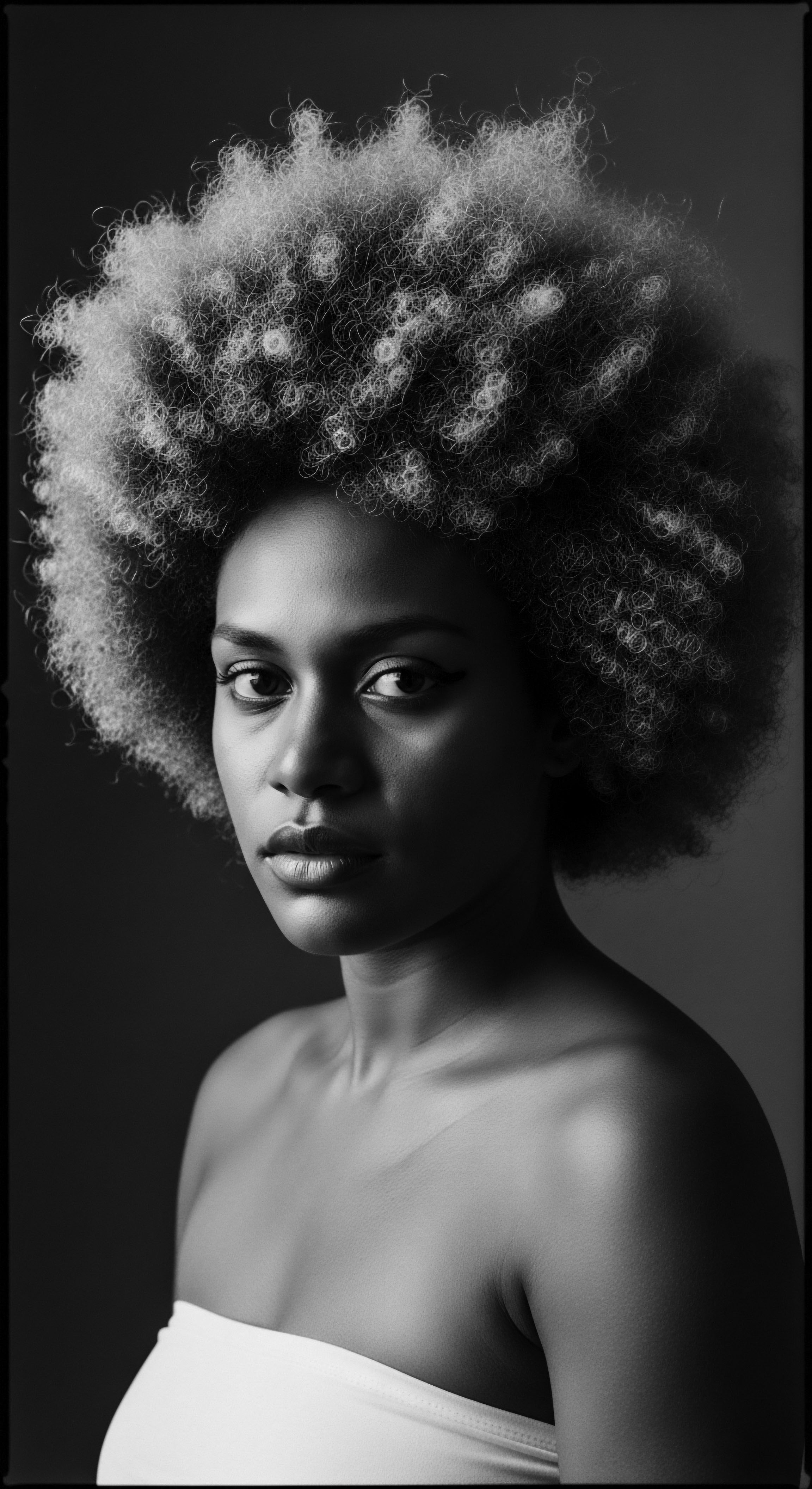
Ritual
The daily and weekly routines of textured hair care, when viewed through the lens of history, reveal not just a sequence of actions but a profound ritual, a dance between human hands and the earth’s offerings. Can historical plant preparation techniques improve modern textured hair moisture? The answer lies in the deep resonance of these ancestral practices, how they were integrated into the rhythms of life, and their tangible impact on the hair’s health and resilience. These were not mere product applications; they were acts of care, deeply connected to communal identity and personal wellbeing.

The Ancestral Roots of Protective Styling
Protective styles, a cornerstone of modern textured hair care, possess a rich and storied lineage stretching back millennia across diverse African societies. These styles, such as cornrows, braids, and twists, served multiple purposes ❉ to protect the hair from environmental damage, to signify social status, and to retain moisture. Within these traditional styling practices, plant preparations played a central and often sacred role. For instance, in many West African traditions, natural butters and oils were applied before and during the styling process to keep hair pliable and moisturised in hot, dry climates.
This layering of plant-based emollients provided a protective barrier that helped to seal in hydration and prevent breakage. The Himba people of Namibia, for example, have long coated their hair with a mixture known as otjize, a blend of butterfat and ochre, not just for aesthetic purposes but as a shield against the sun and dryness, effectively acting as a deep conditioner and sealant. This practice exemplifies the meticulous application of natural substances to address specific environmental challenges and maintain hair integrity over extended periods.
Ancient rituals of protective styling and plant application provided a powerful moisture defence, a legacy for contemporary hair care.

Plant Infusions and Hair Definition
Beyond simple oiling, historical communities perfected a range of plant-based preparations aimed at enhancing hair’s intrinsic moisture and definition. Flaxseed, known as linseed in some contexts, yields a mucilaginous gel when boiled in water. This clear, viscous substance was traditionally used for its conditioning properties, providing natural hold and moisture without synthetic chemicals. Its high content of omega-3 fatty acids, along with its emollient mucilage, nourishes hair deeply, improving elasticity and reducing breakage, making it a powerful natural hydrator.
Similarly, aloe vera, a succulent plant with a long history of use in ancient Egypt and by Native Americans, was revered for its gel-like substance. This gel, rich in polysaccharides, vitamins, and minerals, possesses humectant properties, drawing moisture from the air and sealing it within the hair. Cleopatra herself is believed to have regularly incorporated aloe vera into her beauty regimen, a testament to its effectiveness. These historical uses highlight a sophisticated understanding of how specific plant compounds could interact with hair to improve its moisture content and overall vitality.
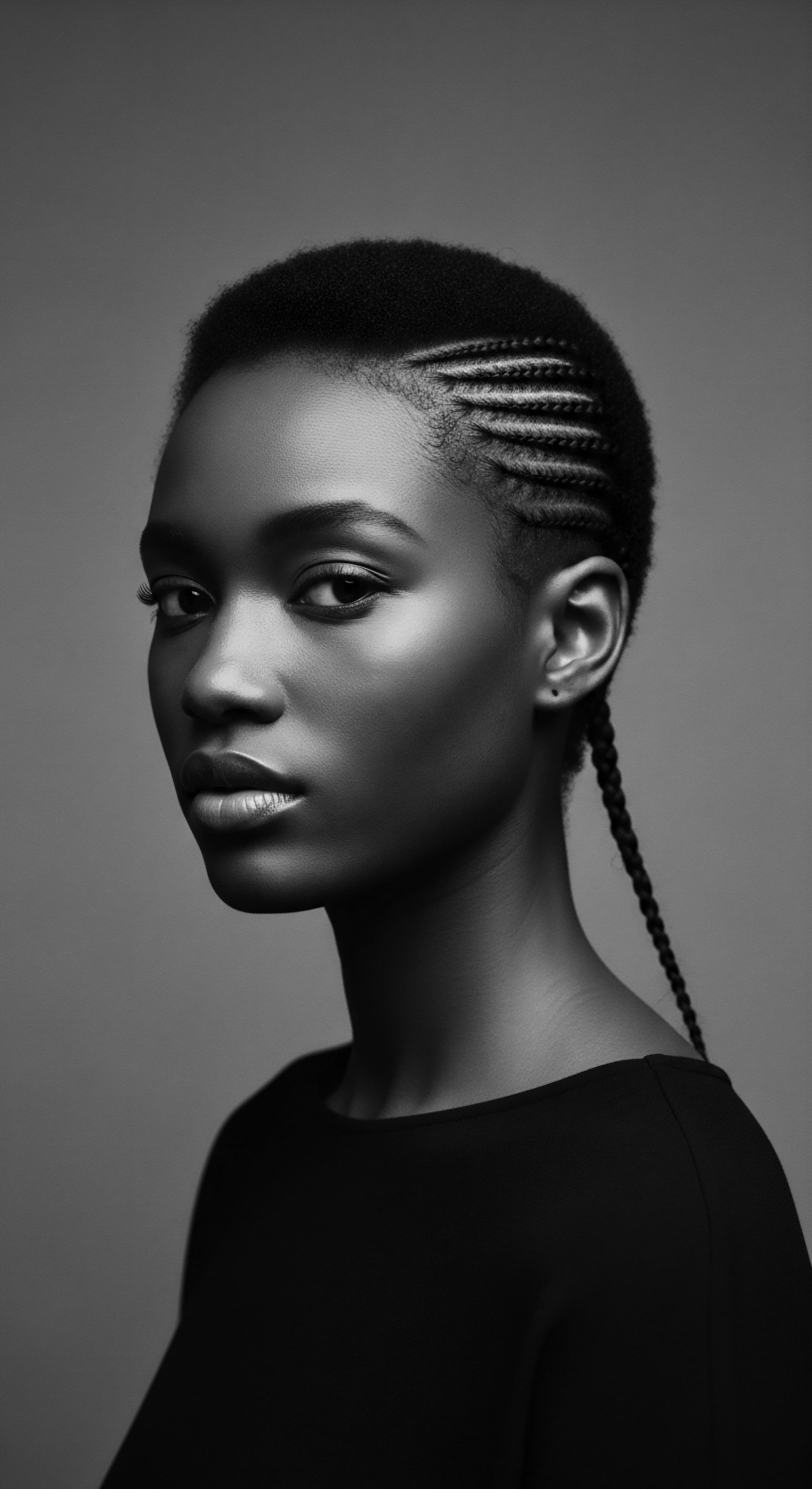
Traditional Plant-Based Moisture Boosters
- Shea Butter ❉ A rich emollient derived from the shea tree nut, traditionally used as a deep conditioner and sealant. (Obeng et al. 2010)
- Aloe Vera Gel ❉ Extracted from the succulent leaves, a humectant that attracts and locks in environmental moisture. (Ethical Brand Co, 2023)
- Flaxseed Mucilage ❉ A gel produced from boiling flaxseeds, offering natural hold, deep hydration, and frizz reduction. (I Love Riccio, 2023)
- Hibiscus Infusion ❉ Made from the flowers and leaves, provides amino acids for keratin production and has moisturizing properties. (Madame La Présidente, 2021)

Tools and Techniques Informed by Nature
The tools and application techniques used in historical hair care were often as carefully considered as the plant preparations themselves. Wide-tooth combs, often crafted from wood or bone, were used to gently detangle hair, especially after applying hydrating mixtures. This methodical approach helped to distribute the plant-based conditioners evenly, ensuring each strand received nourishment while minimizing breakage.
The very act of oiling the hair, a practice seen globally from South Asia to Africa, was a sacred ritual passed through generations, intended to seal in moisture and fortify strands against damage. These traditional methods underscored a philosophy of gentle, consistent care, working with the hair’s natural tendencies, rather than against them.

Relay
The deep echoes of historical plant preparation techniques resonate with compelling relevance for modern textured hair moisture needs. Can historical plant preparation techniques improve modern textured hair moisture? The intersection of ancestral wisdom and contemporary scientific understanding reveals a profound truth ❉ many of these ancient practices stand validated by current research, offering solutions that are not only effective but also deeply connected to cultural heritage . This section explores how scientific inquiry validates time-honoured traditions, particularly regarding ingredients and their methods of preparation, revealing a continuity of knowledge across generations.

The Scientific Validation of Ancient Humectants and Emollients
Many traditional plant preparations act as natural humectants or emollients, properties now understood through the lens of modern chemistry. Take flaxseed mucilage, for instance. Its gel-like consistency, produced by boiling the seeds, is rich in polysaccharides. These complex sugar molecules are powerful humectants, capable of drawing water from the environment into the hair shaft and creating a protective film that reduces moisture evaporation.
Scientific studies affirm that flaxseed mucilage can improve hair softness, shine, and manageability, directly contributing to enhanced hydration. Similarly, aloe vera gel, historically used across diverse cultures for thousands of years, contains a wealth of bioactive compounds including polysaccharides, vitamins (A, C, E, B12), and minerals. Its humectant properties are well-documented, allowing it to act as a potent moisturizer for hair by attracting and retaining water. (Ethical Brand Co, 2023)
The traditional use of plant oils and butters also finds strong scientific support. Shea butter, a staple in West African hair care for centuries, is a rich source of fatty acids (oleic, stearic, linoleic acids) and vitamins (A and E). These components confer remarkable emollient and occlusive properties, forming a protective barrier on the hair shaft that seals in moisture and reduces trans-epidermal water loss.
Research on shea butter extraction, particularly traditional aqueous methods, reveals that optimal processing affects its moisture content and quality, underscoring the intrinsic knowledge held by ancestral practitioners. This highlights how historical techniques, refined through generations of observation, achieved results that modern science can now meticulously quantify and explain.
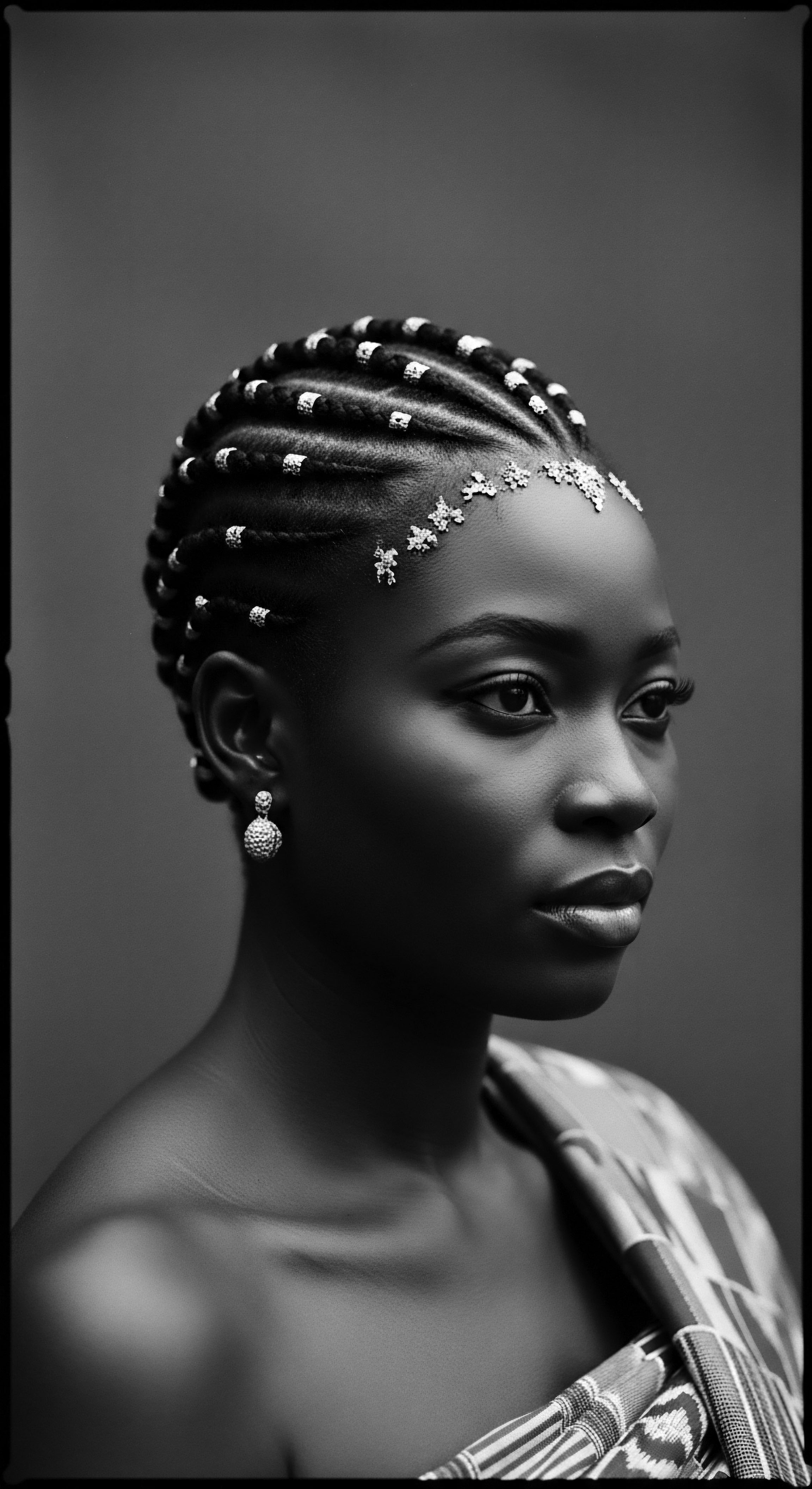
Ancestral Formulas Meet Contemporary Challenges
One challenge faced by textured hair, especially Afro-textured hair, is its predisposition to dryness and breakage, partly due to its unique curl pattern and lipid composition. A 2022 study in the Journal of Investigative Dermatology reported that African American women with high porosity hair possessed 40% fewer ceramides in their hair cuticles compared to those with normal porosity. The study further demonstrated that topical application of phytoceramides, derived from plants, could replenish this deficit, yielding a 50% improvement in moisture retention and a 30% reduction in frizz. This scientific finding offers a compelling bridge between ancestral plant-based solutions and a specific modern hair challenge, suggesting that traditional botanical ingredients rich in natural lipids or their precursors could provide precisely the elements needed to fortify the hair’s external barrier.
Consider hibiscus (Hibiscus rosa-sinensis), a flower long used in Ayurvedic and African hair care practices. Its leaves and flowers contain mucilage, amino acids, and antioxidants. These components are scientifically recognized for their ability to nourish the scalp, support keratin production, and enhance hair texture and manageability, directly addressing moisture and strength needs. The historical application of such diverse botanicals, often in synergy, created a holistic approach to hair care that instinctively addressed the complexities of textured strands.
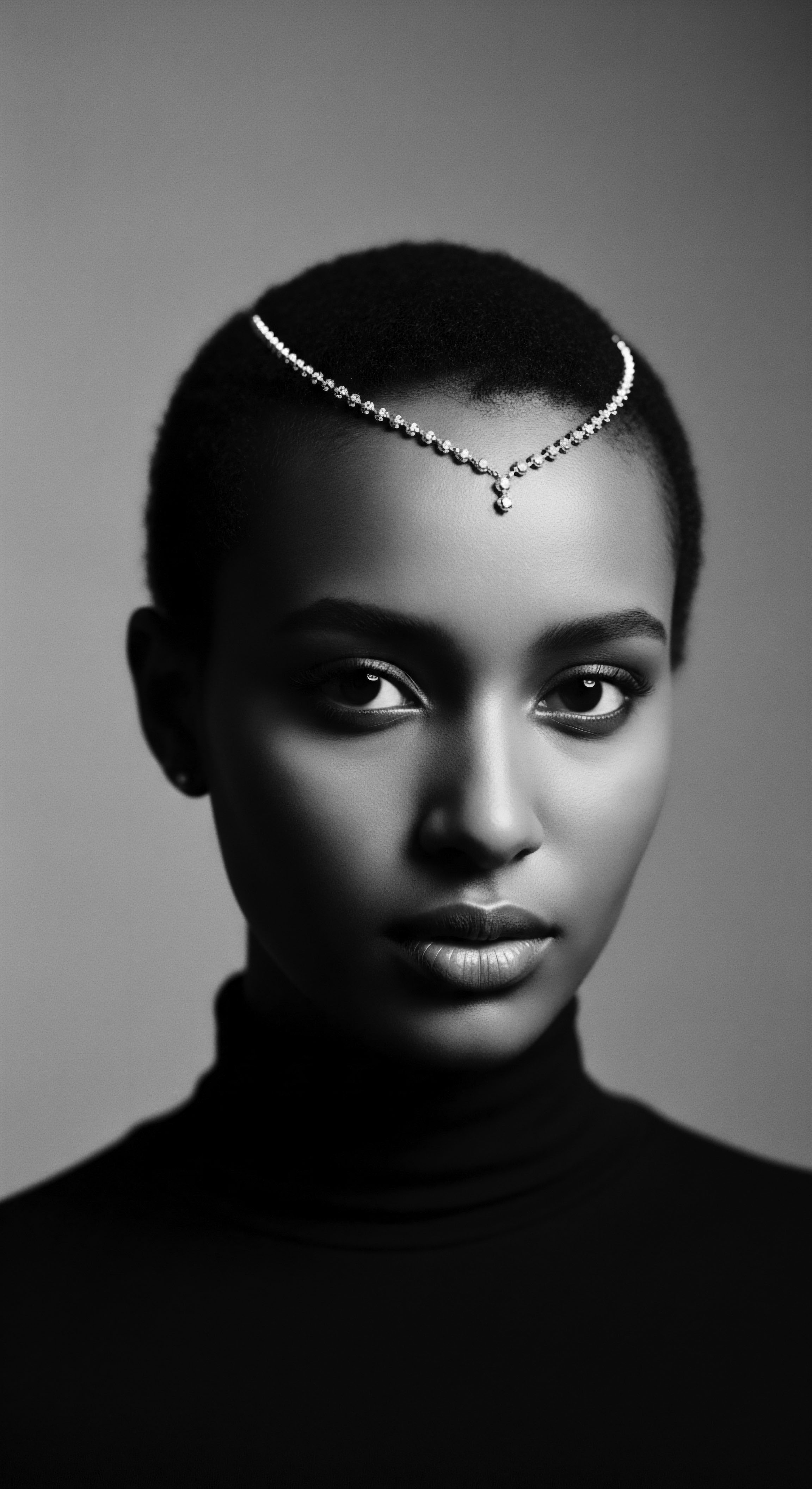
Does Ancient Knowledge Offer a Roadmap for Modern Hair Care?
Ancient knowledge indeed provides a profound roadmap for modern hair care, particularly for textured hair. The traditional practices were not simply about applying a single ingredient; they often involved sophisticated preparation techniques that extracted and enhanced the desired properties of the plants. For example, the boiling of flaxseeds to release mucilage, or the intricate process of rendering shea butter, are forms of rudimentary biotechnology. These methods optimized the bioavailability of active compounds that promote moisture retention and hair health.
The very ritualistic nature of these preparations ensured consistent, mindful care, which is a powerful, often overlooked, aspect of holistic wellness that modern routines can certainly benefit from. The focus on local, seasonal botanicals also ensured freshness and potency, a stark contrast to mass-produced products with extended shelf lives and often synthetic components.
The integration of these time-honored methods does not mean a rejection of modern science. On the contrary, it suggests a synergistic approach where modern scientific tools can dissect and validate the efficacy of ancestral practices, helping to refine and standardize them for wider application while preserving their cultural integrity. It is about understanding the “why” behind the “what” of traditional hair care, recognizing that our ancestors were astute observers of nature, perfecting formulations through trial and generational transfer of knowledge.
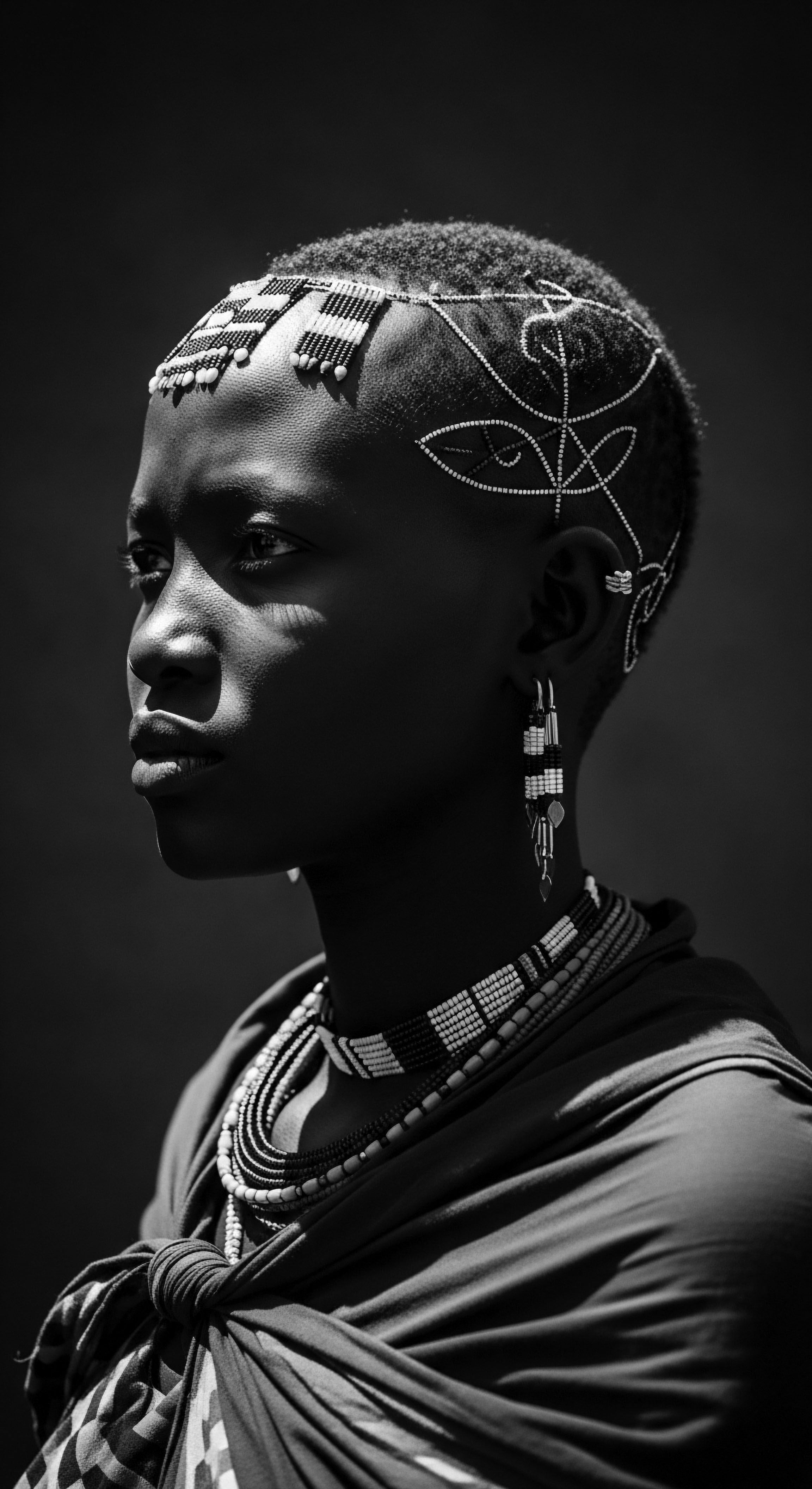
Reflection
As we close this exploration into the capacity of historical plant preparation techniques to enrich modern textured hair moisture, we acknowledge a profound truth. The journey through ancient practices, through the tender application of botanical wisdom, and through the scientific affirmation of age-old remedies, reveals a living archive within every strand of textured hair. This exploration is more than a technical inquiry; it is a meditation on the enduring legacy of heritage , a celebration of ancestral ingenuity, and a guiding light for the future of care.
Roothea’s ‘Soul of a Strand’ ethos finds its deepest expression in this understanding. The moisture that ancient preparations bestowed upon textured hair was not simply a physical attribute; it was a nourishment that spoke to identity, resilience, and connection to a shared past. The very act of preparing and applying these plant-based remedies — whether the rich, creamy shea butter from the savannahs, the cooling gel of aloe vera from desert lands, or the hydrating mucilage of flaxseed from varied climates — was a ritualistic affirmation of self and community. These methods, born from necessity and refined by generations, remind us that the most profound solutions often stem from the earth beneath our feet and the wisdom within our collective memory.
The capacity of historical plant preparation techniques to improve modern textured hair moisture is undeniable. It is a testament to the fact that deeply ingrained ancestral knowledge holds answers to some of our most persistent contemporary questions. We are not simply reviving old methods; we are engaging in a dialogue with our forebears, allowing their deep understanding of nature and hair to shape our present and future. This continuity of care, rooted in botanical understanding and cultural reverence, truly allows the unbound helix of textured hair to thrive, telling a story that spans centuries and echoes with the luminous power of heritage .

References
- Aculey, P. C. et al. (2012). Effect of temperature, moisture content, particle size and roasting on shea butter extraction efficiency. International Journal of Food Engineering, 6(2), Article 13.
- Alcrut. (2023, December 30). Formulation and Evaluation of Flaxseed Herbal Hair Serum Clinical and Medical Research and Studies.
- Davies, N. De. G. (1915). The Tomb of Amenemhat.
- Ethical Brand Co. (2023, October 20). Amazing Aloe Vera – And why it’s so good for your hair.
- Flora & Curl. (n.d.). Aloe Vera ❉ 6 Underestimated Benefits for Dry Natural Hair.
- Herbcience. (2022, September 26). What is the importance of hibiscus?
- Himalya. (2024, January 29). The little history of the hibiscus.
- I Love Riccio. (2023). Flaxseeds for curly hair ❉ benefits for scalp and lengths.
- KeraVada. (2024, July 29). The Hidden Science Behind High Porosity Hair in African American Women.
- Madame La Présidente. (2021, November 18). Hibiscus powder and its benefits for hair.
- Mouchane, M. et al. (2024, March 1). Ethnobotanical Survey of Medicinal Plants used in the Treatment and Care of Hair in Karia ba Mohamed (Northern Morocco). ResearchGate.
- Ningen Skin Sciences Pvt. Ltd. (2024, June 18). Benefits Of Hibiscus For Hair Growth.
- Obeng, G. Y. et al. (2010). Effect of Temperature, Moisture Content, Particle Size and Roasting on Shea Butter Extraction Efficiency. International Journal of Food Engineering, 6(2).
- Typology. (2022, January 14). Aloe Vera as an Excellent Moisturizer for Skin and Hair.
- Ugwoke, C. E. et al. (2015). Physicochemical and microbiological characteristics of optimized and traditional shea butters from Côte d’Ivoire. International Journal of Biological and Chemical Sciences, 9(6), 2636-2646.
